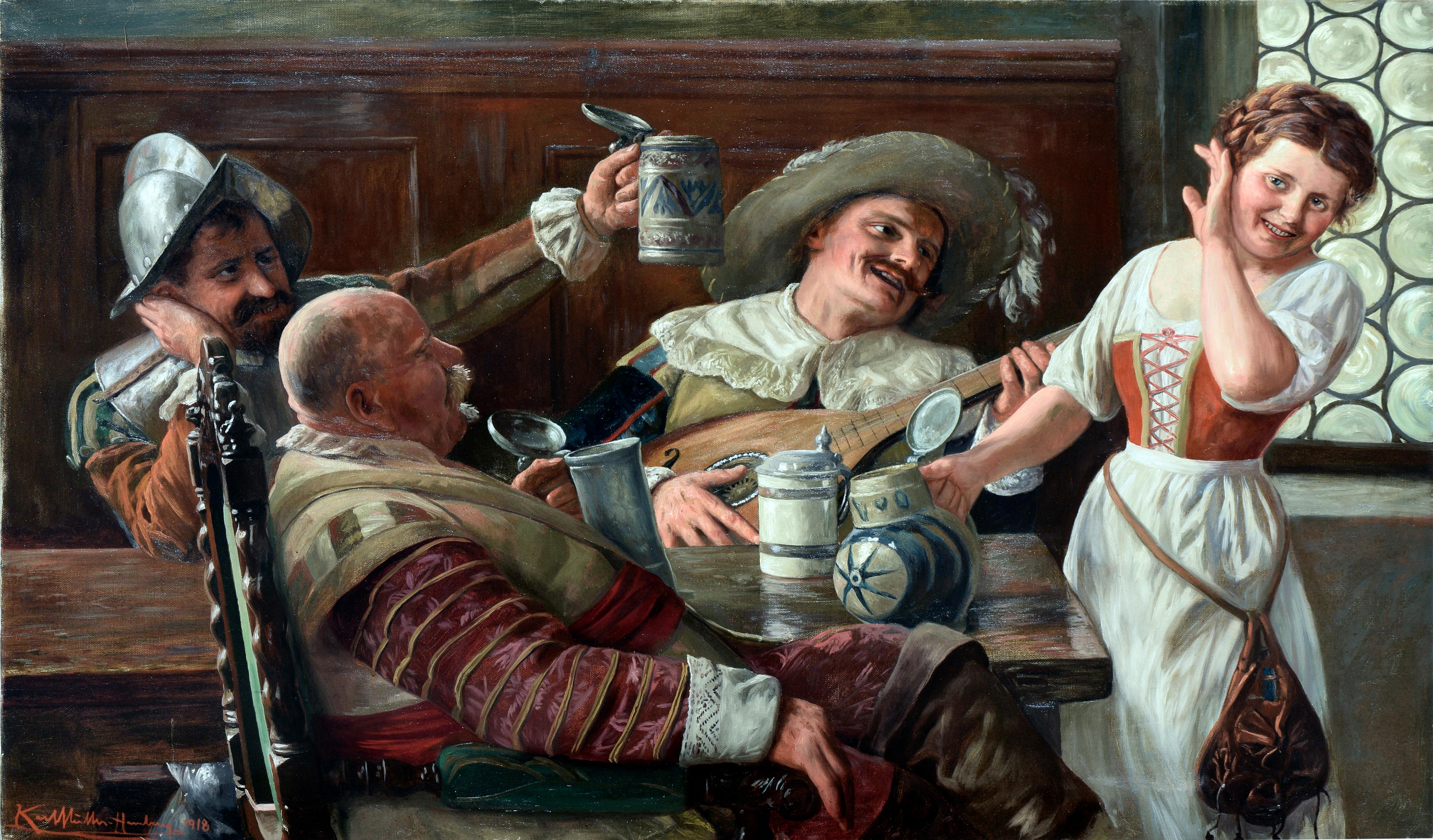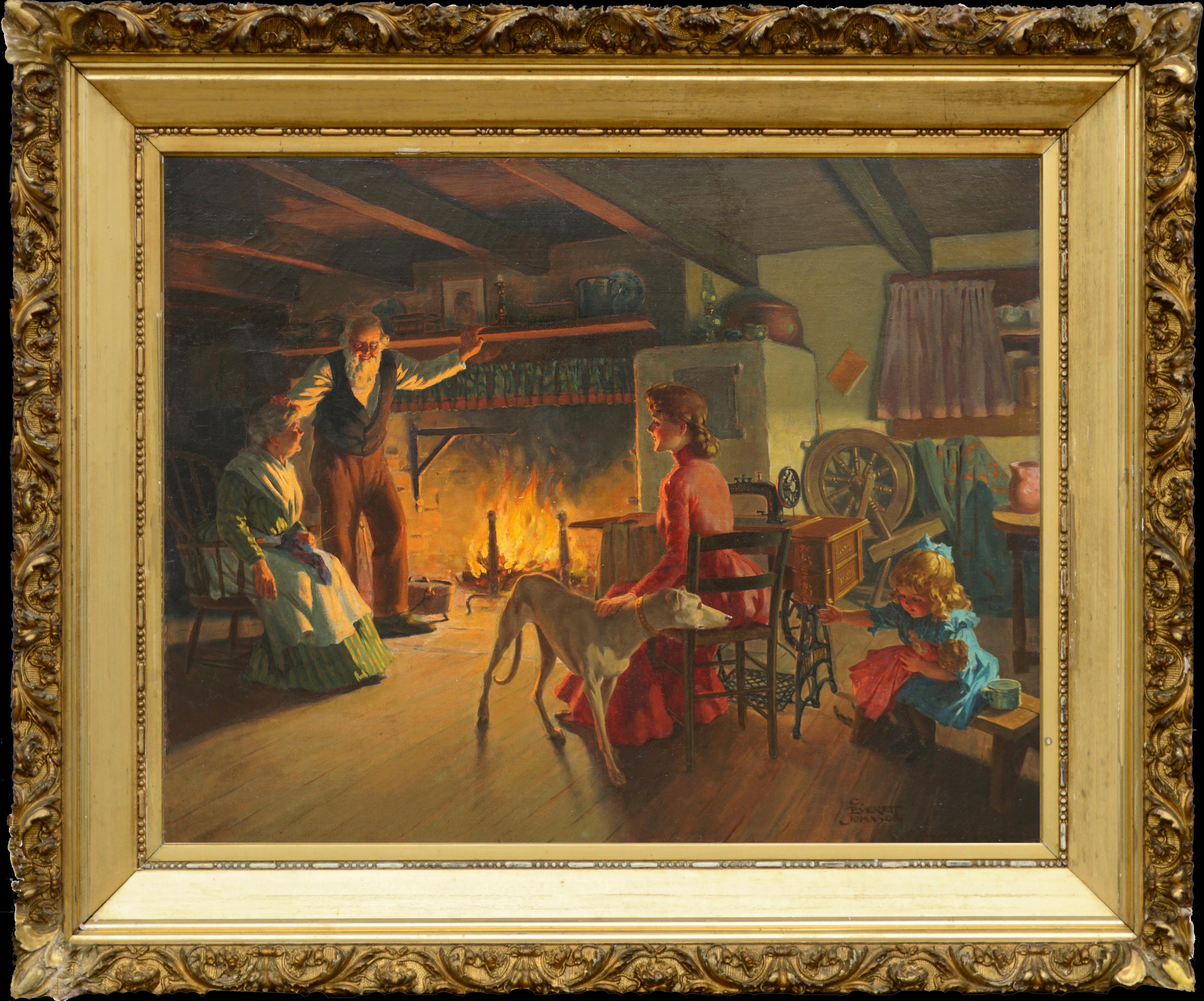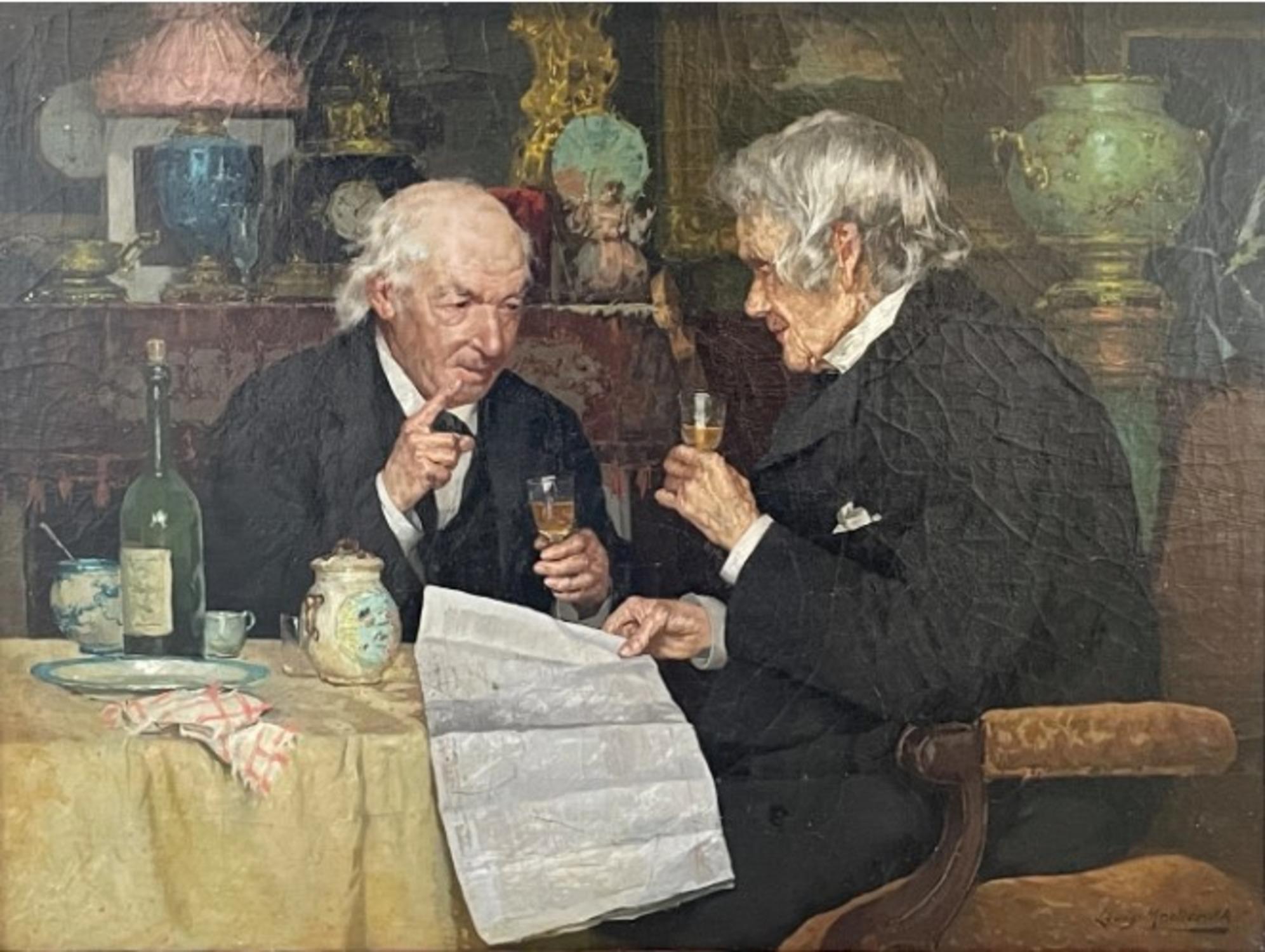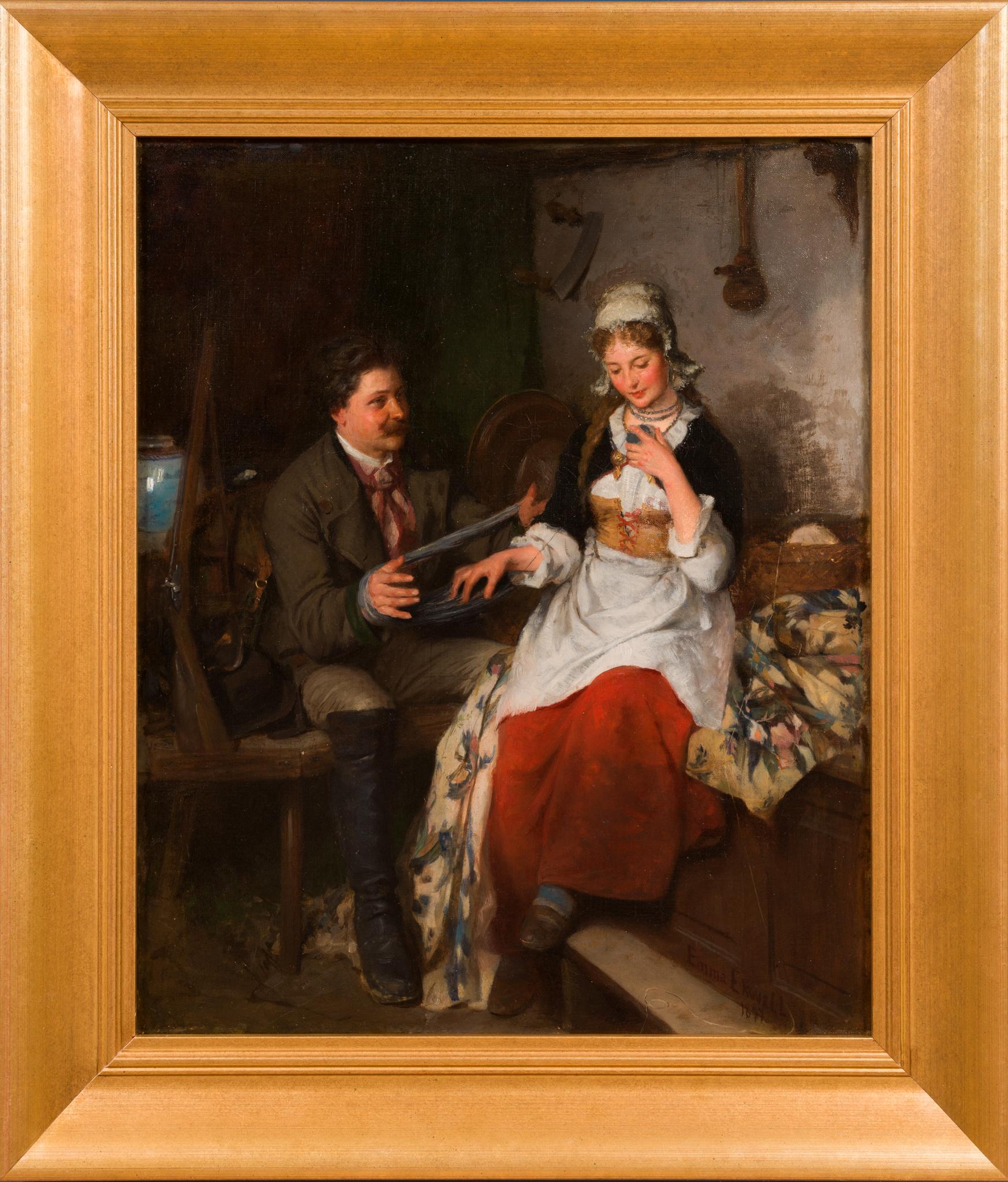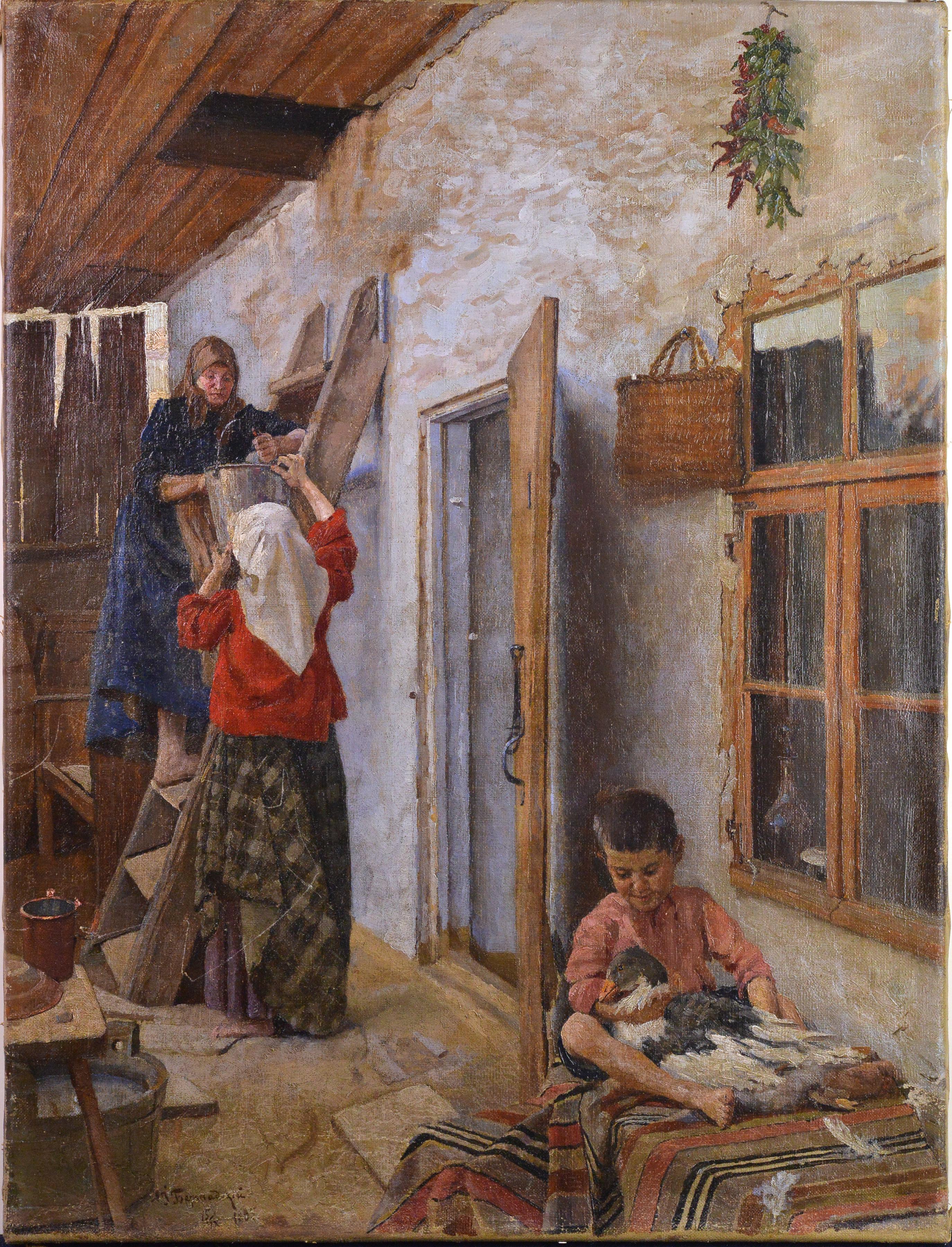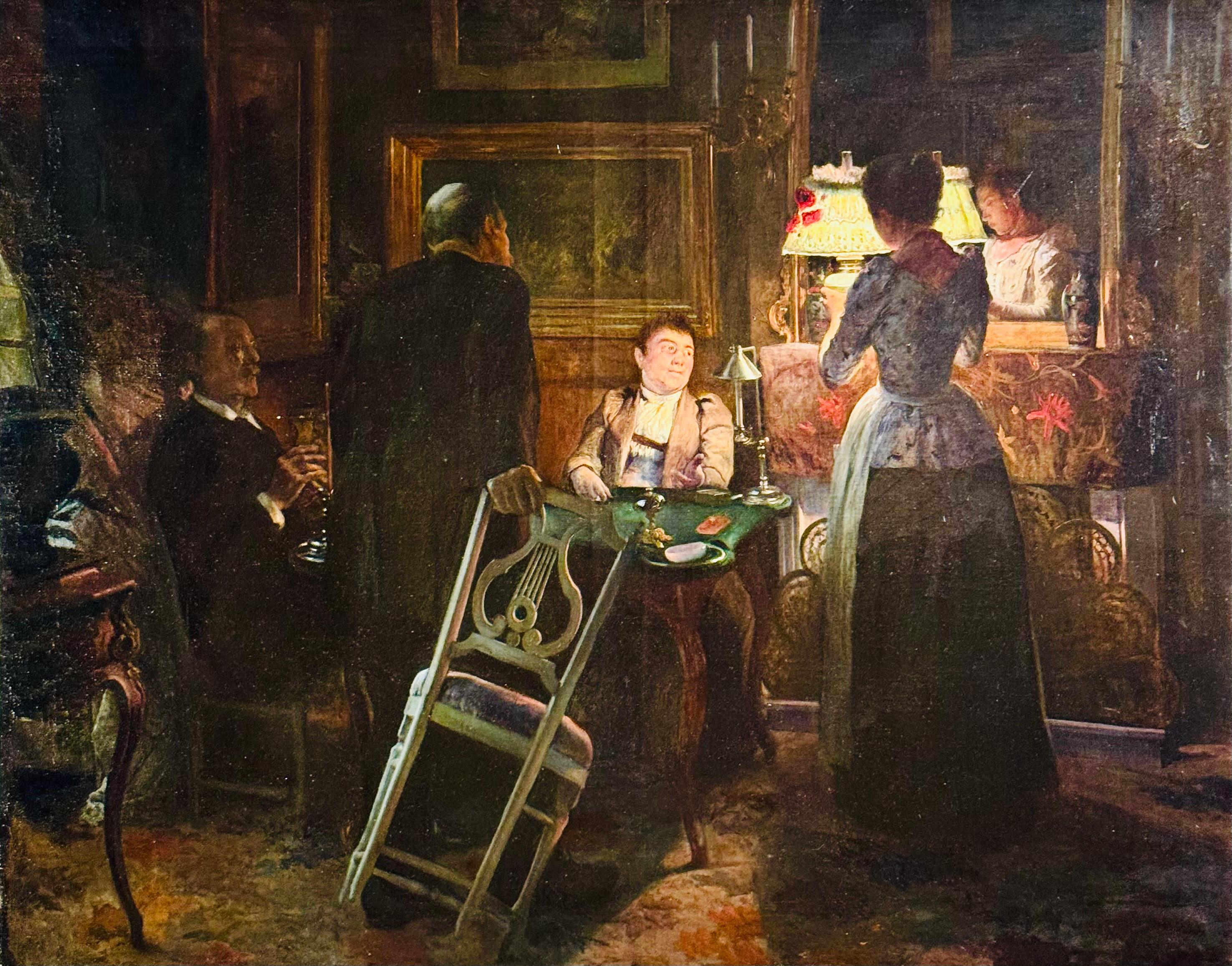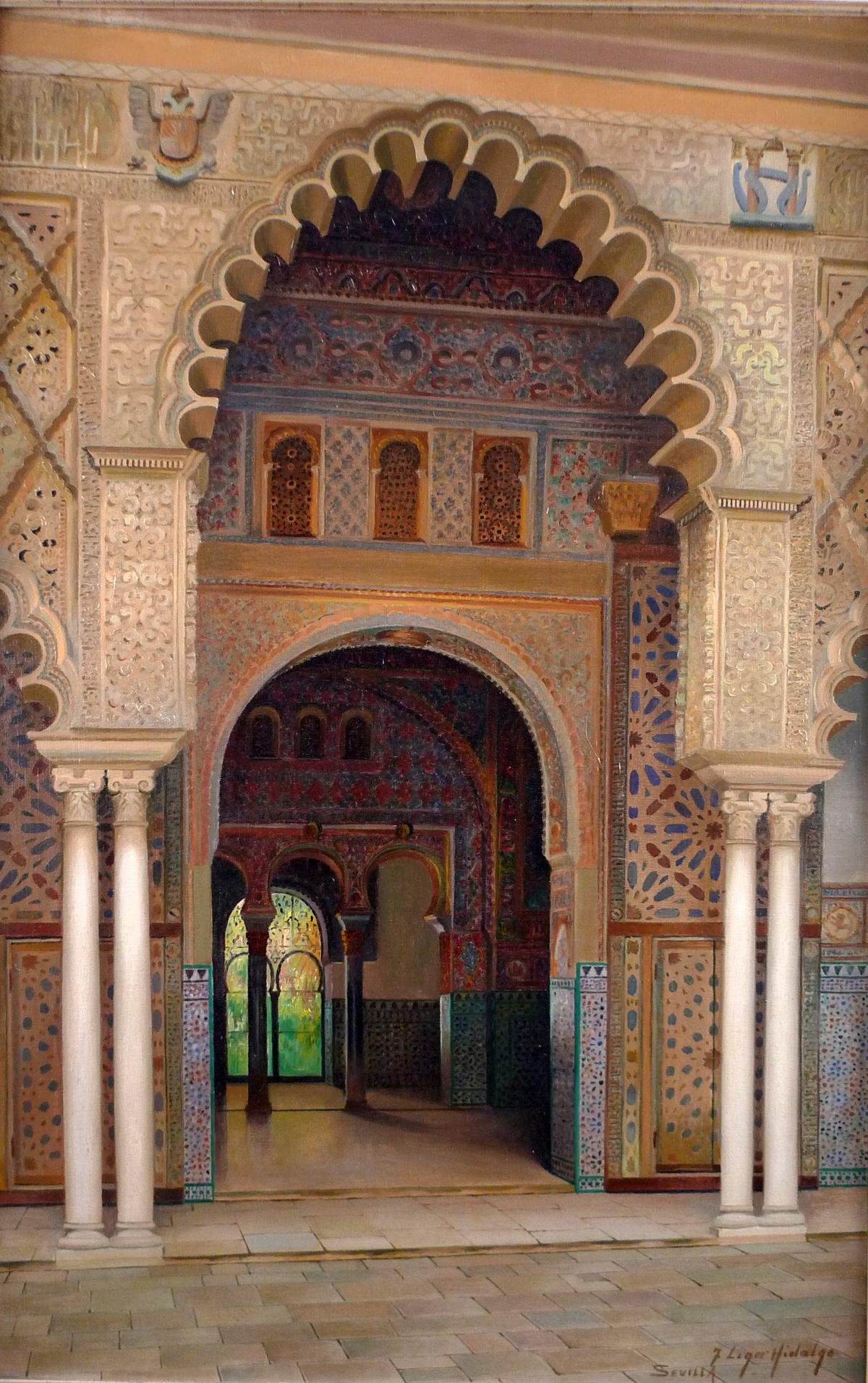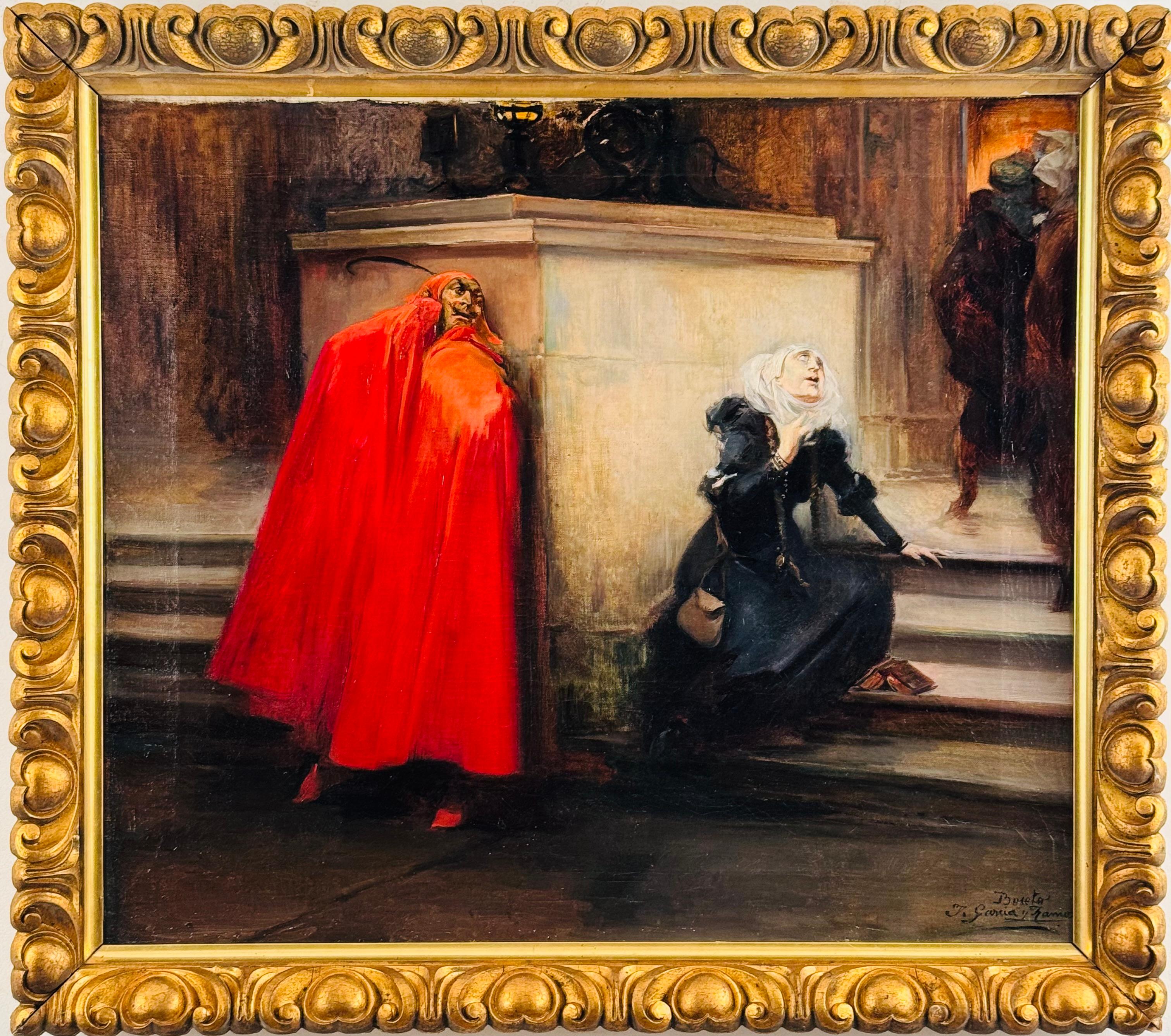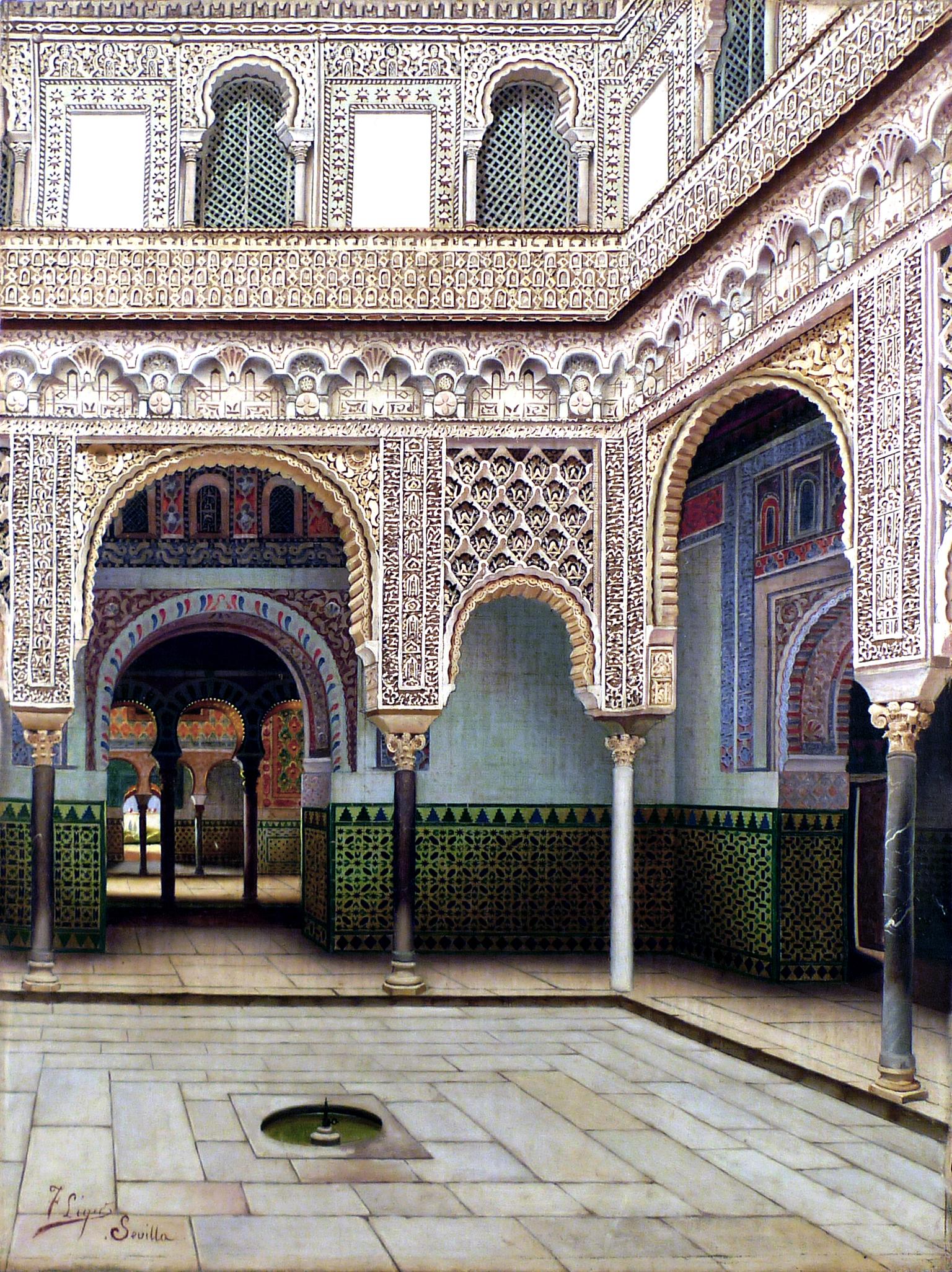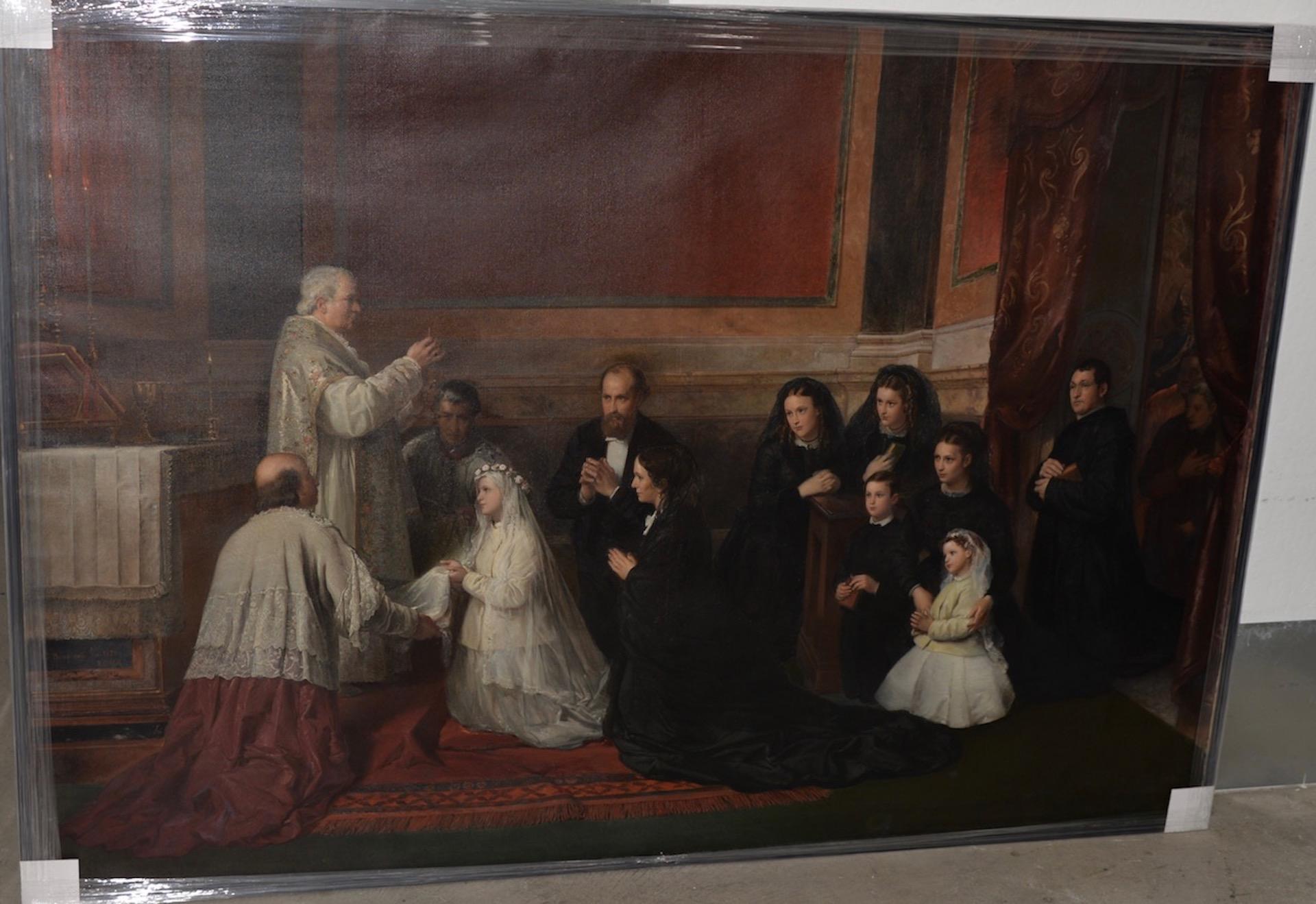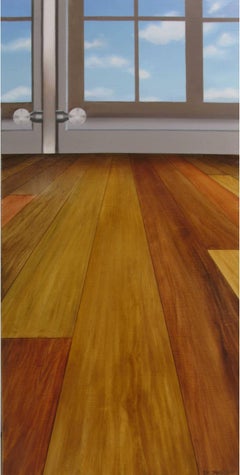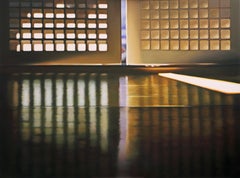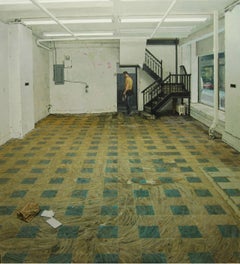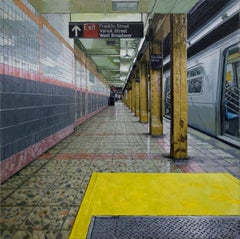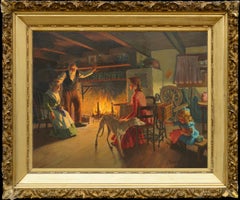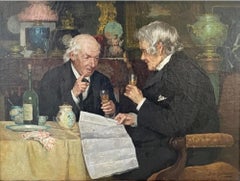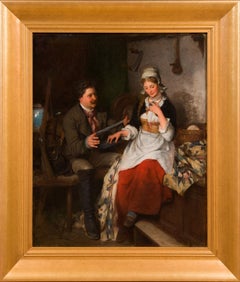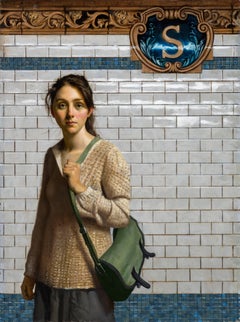
SOPHIE- SPRING ST., portrait of girl, subway station, new york city, hyper-real
View Similar Items
Want more images or videos?
Request additional images or videos from the seller
1 of 6
Daniel GreeneSOPHIE- SPRING ST., portrait of girl, subway station, new york city, hyper-real2017
2017
$64,000List Price
About the Item
About the Seller
5.0
Vetted Professional Seller
Every seller passes strict standards for authenticity and reliability
Established in 1982
1stDibs seller since 2013
31 sales on 1stDibs
Typical response time: 8 hours
Authenticity Guarantee
In the unlikely event there’s an issue with an item’s authenticity, contact us within 1 year for a full refund. DetailsMoney-Back Guarantee
If your item is not as described, is damaged in transit, or does not arrive, contact us within 7 days for a full refund. Details24-Hour Cancellation
You have a 24-hour grace period in which to reconsider your purchase, with no questions asked.Vetted Professional Sellers
Our world-class sellers must adhere to strict standards for service and quality, maintaining the integrity of our listings.Price-Match Guarantee
If you find that a seller listed the same item for a lower price elsewhere, we’ll match it.Trusted Global Delivery
Our best-in-class carrier network provides specialized shipping options worldwide, including custom delivery.More From This Seller
View AllSKY IN LIVING ROOM - Contemporary Realism / Interior Scene with Window
By Sunghee Jang
Located in New York, NY
SungHee Jang, a South Korean artist and MFA graduate of the School of Visual Arts, illuminates on canvas seemingly empty interiors and landscapes.
Category
2010s Realist Interior Paintings
Materials
Canvas, Oil
DAYLIGHT - Contemporary Realism / South Korean Artist / Light and Shadow
By Sunghee Jang
Located in New York, NY
Original Oil Painting by Sunghee Jang. Signed and dated by the artist on verso.
Sunghee Jang (b. 1977, Seoul, Republic of Korea) completed her BFA at Sungshin Women’s University in...
Category
2010s Contemporary Interior Paintings
Materials
Linen, Oil
SPACE FOR RENT - Realism / Empty Room with tiled floors and white walls
By Richard Combes
Located in New York, NY
A British-born, American based painter, Richard Combes focuses his subjects on the forgotten corners of New York City, subway stations, the cobblestone streets with puddles in Tribec...
Category
21st Century and Contemporary Contemporary Interior Paintings
Materials
Canvas, Oil
CONVERGENCE - Realism / New York City / Subway
By Richard Combes
Located in New York, NY
Original painting by Richard Combes
Category
2010s Contemporary Interior Paintings
Materials
Canvas, Oil
TRUNK AND WINDOW (BAULE E FINESTRA) - Italian Contemporary Interior
Located in New York, NY
Bernardino Luino (Latina, 27 March 1951) is an Italian painter and etcher. He is one of the founders of the group La Metacosa and teaches at the Accademia di Belle Arti di Brera in M...
Category
2010s Contemporary Still-life Paintings
Materials
Canvas, Oil
COMMUNICATION, NYC - Elevator / Interior / Male Figure / Old Building / New York
By Richard Combes
Located in New York, NY
A British-born, American based painter, Richard Combes focuses his subjects on the forgotten corners of New York City, subway stations, the cobblestone streets with puddles in Tribec...
Category
2010s Contemporary Interior Paintings
Materials
Canvas, Oil
You May Also Like
A Jolly Time -- German Genre Tavern Painting, 1918
Located in Soquel, CA
Wonderful German genre painting of 17th century tavern scene in style of Franz Hals by Karl Josef Muller (German, 1864-1942) dated 1918. Signed and dated lower left corner "Karl Muller - Hamburg 1918". Condition: Good; professionally restored: Canvas restreched on new stretcher bars; five repairs made to small tears in canvas (see image); cleaned and re-varnished with UV-resistant varnish. Unframed. Image size: 39.5"H x 55"W. We have the original frame which needs some extensive repair to the gesso. Happy to include the frame with the painting as is.
Karl Müller was born in Hamburg-Altstadt in 1865. His wealthy Jewish parents Abraham Müller (1832-1896), citizen of the Hanseatic city since 1869, and Henriette "Jette", b. Burchard (born 1832 Neubuckow / Mecklenburg), had a cigar factory at Spielbudenplatz 5 in St.Pauli. When Karl Müller was ten years old, next to factory and warehouse, now at Speersort 11 (Altstadt), there was also a branch in Altona-Ottensen with the address Am Felde 68. The family lived at the time at Pferdemarkt 13 (Old Town).
After attending the Jewish Foundation School at the Zeughausmarkt, Karl Müller completed a three-year lithography apprenticeship. From 1886 to 1888, he studied at the Royal Saxon School of Applied Arts in Dresden with the history and decoration painter Donadini, then with Professor Hanke of the Prussian Academy of Arts in Berlin.
Karl Müller's painting style was conventional-realistic and did not follow modern trends. In 1891, the oil paintings "Preparation for the Service", "In the guardroom", tattoo", "gymnastics lesson", "covert patrol” and "return from the field service exercise”, whose main motive almost always soldiers formed.In 1893, he painted the" invasion of the 76er " as a horizontal format in black and white, the painting was acquired by the Museum of Hamburg History in 1930. The disposition of Karl Müller could be classified as "kaisertreu" and "national" (Maike Bruhns) at this time - not by chance he acted with his Nicknamed "Soldatenmüller", he successfully participated in exhibitions in Berlin and Hamburg before the turn of the century.
Even at this time, the frequent change of residence is striking: 1893 Papendamm 25 (Rotherbaum), 1896 Bundesstraße 9 (Rotherbaum). In 1898 he was in the Hamburg address book as a "genre and portrait painter" with the residential address 1. average 43 (Rotherbaum) out.
At the age of 38, Karl married in 1903 in the Hanseatic city of the Jewish Louise Hauer (born 12.2.1872 in Hamburg), called "Lieschen". Before her marriage, she lived with her mother at Grindelberg 78. Her father, Martin Hauer (1836-1897), also born in Hamburg and was a citizen of the city since 1862, owned a factory for soap and perfume. In 1904 and 1911, the two daughters Karla and Lotte were born.
1904, the family lived at this time in the Bogenstraße 20, Karl Müller commissioned a portrait of the emigrated hamburger Henry Jones opening the same lodge in the Hartungstraße 9-11. Already at this time he might have been a member of the Hamburg Artists Association of 1832.
Starting from 1908 further change of dwellings on the basis of the telephone books are comprehensible: nearly yearly the family moved and moved thereby from the Grindel quarter over Hoheluft east to Harvestehude and Winterhude. Around 1912 she moved into an apartment in Sierichstraße 156. Here, the landlord Schröder provided the artist with an area of around 45 square meters as a studio on the dry floor. But the building police criticized this use and after some disputes, the painter had to move once again with family and studio. The official telephone directory recorded as an address from 1914 to 1918 Klosterallee 20 (Harvestehude).
Friedrich Jansa described Karl Müller's changed motif choice in his artist's glossary in 1912: "In recent years he has been watercolouring a lot in the Hamburg area and now mainly takes his motifs from Hamburg harbor...
Category
1910s Realist Interior Paintings
Materials
Linen, Oil
$6,000 Sale Price
20% Off
"The Family Hearth" - Turn of the Century Cozy Interior Figurative Scene
By Charles Everett Johnson
Located in Soquel, CA
Charming turn-of-20th Century interior painting that takes the viewer back to simpler times with grandmother, grandfather, mother sewing and a young girl playing with her greyhound a...
Category
Early 1900s Realist Interior Paintings
Materials
Linen, Oil
"A Toast" Louis Charles Moeller, American 19th Century Realist Genre Painting
Located in New York, NY
Louis Charles Moeller
A Toast
Signed lower right
Oil on canvas
12 x 16 inches
Louis Charles Moeller was a master of American genre painting. His meticulously detailed, highly finish...
Category
19th Century Realist Figurative Paintings
Materials
Canvas, Oil
The Wool Winder (1877) by Swedish Female Artist Emma Ekwall
Located in Stockholm, SE
In The Wool Winder, Emma Ekwall captures a moment of quiet domestic intimacy between a young woman and a man as they wind wool together—she with focused care, he with gentle attentiv...
Category
1870s Realist Figurative Paintings
Materials
Canvas, Oil
Lovely Farm House Scene by Russian Master Bershadsky Genre Oil Painting
Located in Stockholm, SE
Signed lower left and dated: 15/IX, 1895, Y. Bershadsky - Yuliy (Ioil-Ruvin) Rafailovich Bershadsky (1869 - 1956), Russian - USSR painter and teacher, professor, honored artist of th...
Category
1890s Realist Interior Paintings
Materials
Canvas, Wood, Oil
Partida de Tresillo
Located in Madrid, ES
JOSÉ JIMÉNEZ ARANDA
Spanish, 1837 - 1903
PARTIDA DE TRESILLO
signed, located & dated “Jz. Aranda / Madrid. 1893.” (lower right)
oil on canvas
31-1/2 x 39-1/3 inches (80 x 100 cm)
unframed
BIBLIOGRAPHY
- This picture being mentioned and illustrated in “LA ILUSTRACION ESPAÑOLA Y AMERICANA”, Madrid, September 15, 1895
- B. Pantorba, José Jiménez Aranda, 1973, p. 75, 203
- José Jiménez Aranda, 1837-1903: Centro Cultural El Monte, Seville, October 2005, illustrated p. 102
EXHIBITED
Madrid National Exhibition of 1895
PROVENANCE
Private Collection, USA
José Jiménez Aranda (7 February 1837 – 6 May 1903) was a Spanish painter and brother of the painters Luis Jiménez...
Category
1890s Realist Figurative Paintings
Materials
Oil, Canvas
